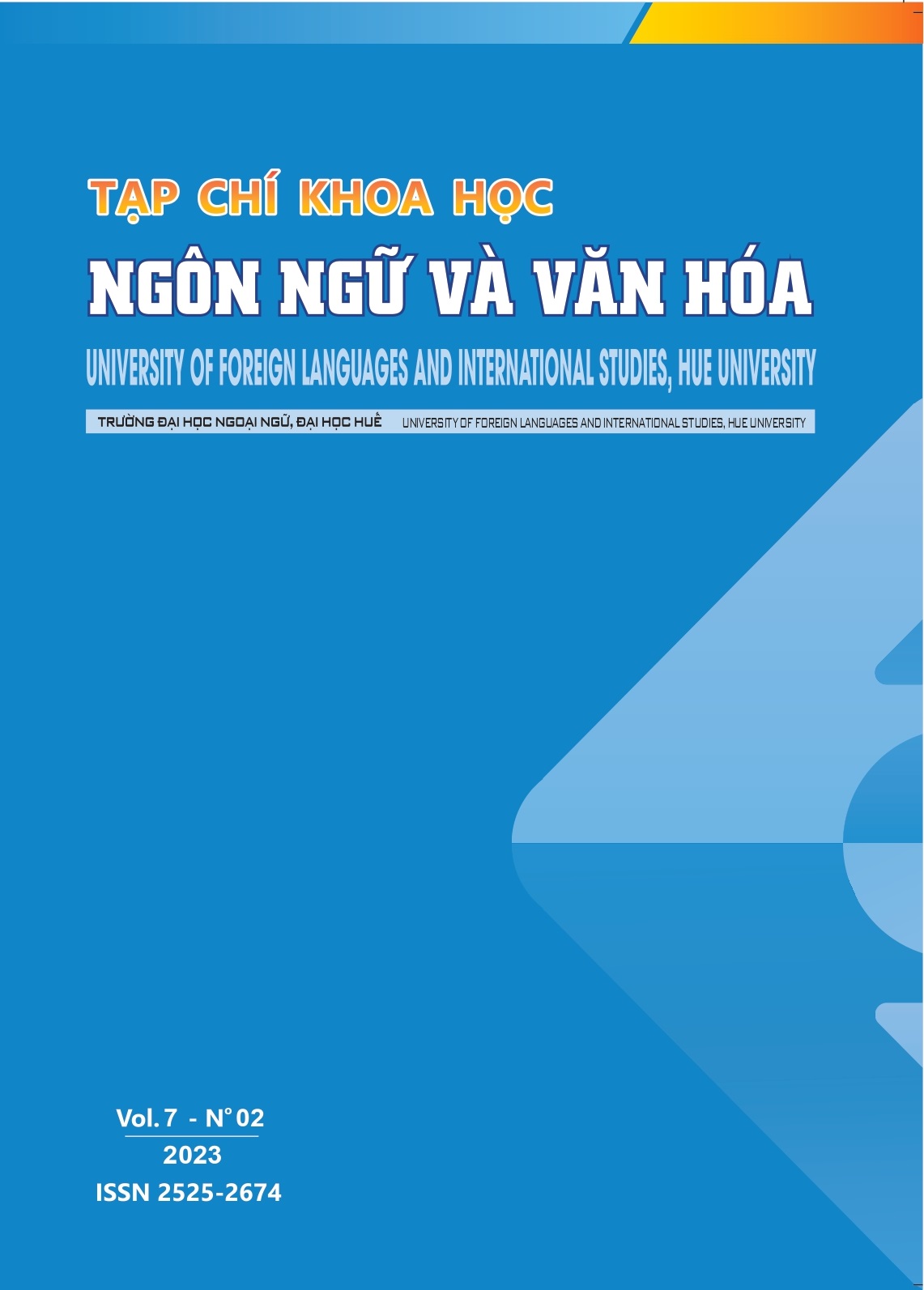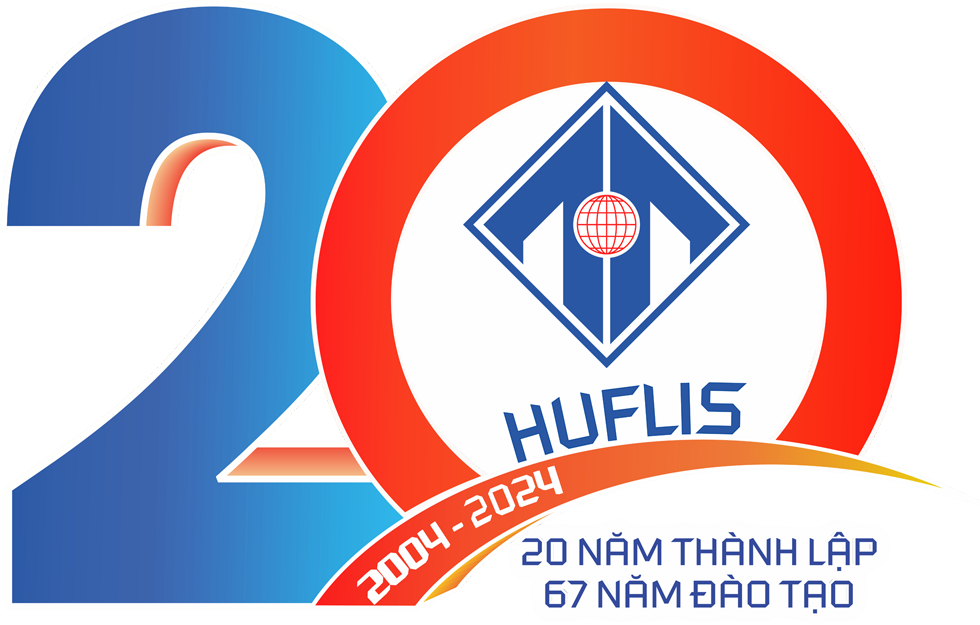THE REALIZATION FREQUENCY OF MEANINGS OF CASE PARTICLE ‘UI’ IN KOREAN WRITTEN LANGUAGE
DOI:
https://doi.org/10.63506/jilc.0702.66Keywords:
Korean particles, case particle, ‘의’Abstract
The structure of “NP1ui NP2” can be largely divided according to the semantic relationship of nouns/noun phrase before and after case particle “ui”. In this study, according to Park Jonghoo’s (2008) classification, we investigated and statistics the frequency of realizing the semantic relationship between NP1 and NP2 in “NP1ui NP2” structures of some TOPIK II Reading ability’s test question. Some of the most characteristic and representative meanings of this structure, such as “Possession-affiliation” were found with very low frequency, contrary to the results of Park Jonghoo (2008). “Properties” accounted for the highest proportion, followed by “NP1 is subject of the action in NP2”, “Spatial relationship” and “Truth relationship”. In addition, the semantic types which quite high statistics in Park Jonghoo's research like “Time relationship” or “Description” showed relatively low results in this research. Through this study, we hope to provide instructors and learners with a useful source of reference to the Korean “NP1ui NP2” structure so that they can recognize the most common and frequently used meanings of this structure and have an appropriate and effective use strategy.














